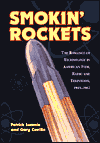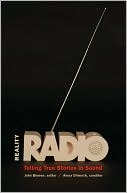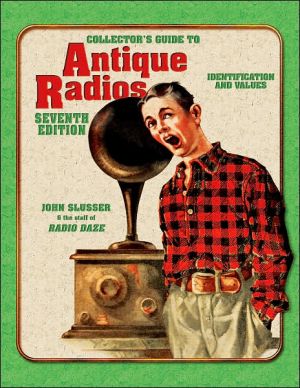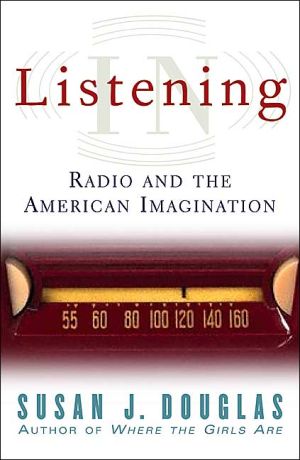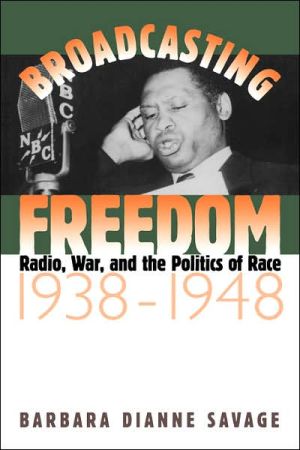Smokin Rockets: The Romance of Technology in American Film, Radio and Television, 1945-1962
Science and technology had a significant influence on American culture and thought in the years immediately following World War II. The new wonders of science and the threat of the Soviet Union as a powerful new enemy made science fiction a popular genre in radio, television, and film. Mutant creatures spawned by radioactive energy and intergalactic dictators unleashing horrific weapons upon Earth were characteristic of science fiction at the time and served as warnings to the very real...
Search in google:
Science and technology had a significant influence on American culture and thought in the years immediately following World War II. The new wonders of science and the threat of the Soviet Union as a powerful new enemy made science fiction a popular genre in radio, television, and film. Mutant creatures spawned by radioactive energy and intergalactic dictators unleashing horrific weapons upon Earth were characteristic of science fiction at the time and served as warnings to the very real dangers posed by the atomic age. This work examines science and science fiction in American culture beginning in the year World War II ended and going to 1962, the year of John Glenn's orbital flight and the Cuban Missile Crisis. The radio work of Arch Oboler and the significance of his "Rocket from Manhattan," which aired only one month after the dropping of the first atomic bomb and asked serious questions about the use of atomic energy, are examined. Other topics are the conflict between the free world and the Communist world in the context of science fiction plot lines, the dangers of science as shown in films like Godzilla, Them!, The Day the Earth Stood Still, and radio and television programs, the flying saucer phenomenon and the treatment of such stories in the media (with special attention given to the 1956 documentary UFO), the changing and more positive depictions of scientists, television programs like Flash Gordon and Space Patrol, the shift in the balance of world power due to the successful launching of Sputnik I by the Russians in 1957, the "end of the world" theme in science fiction, and the American journey into space.BooknewsThe authors examine the popularity of science fiction in U.S. popular media and relate the phenomena to political realities of the early Cold War period. In addition to obvious themes, such as the fear of the atomic bomb and global annihilation, the authors discuss such topics as the equating of technology with capitalism, the propaganda effects of science fiction media, and the tensions between views of scientists as Frankensteins or Einsteins. Annotation c. Book News, Inc., Portland, OR (booknews.com)
Introduction11Imagine That!52Manhattan Martians433The Flying Disc Men Are Everywhere814The Critical Masses1015Crashing the X Barrier1156The Atomic Twonky1407Dr. Research169Epilogue195AppRadio and Television Logs205Select Filmography211Bibliography231Index237
\ BooknewsThe authors examine the popularity of science fiction in U.S. popular media and relate the phenomena to political realities of the early Cold War period. In addition to obvious themes, such as the fear of the atomic bomb and global annihilation, the authors discuss such topics as the equating of technology with capitalism, the propaganda effects of science fiction media, and the tensions between views of scientists as Frankensteins or Einsteins. Annotation c. Book News, Inc., Portland, OR (booknews.com)\ \
